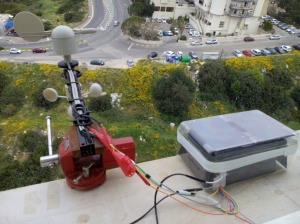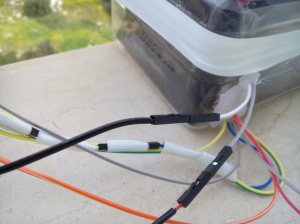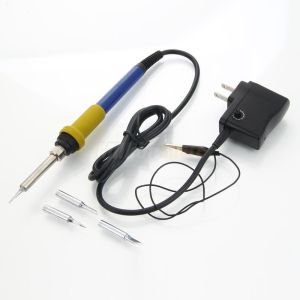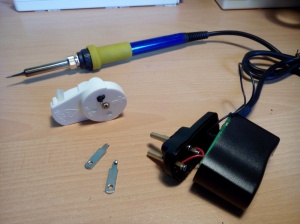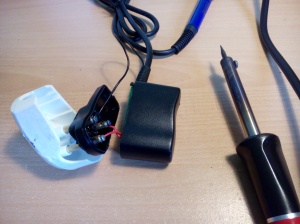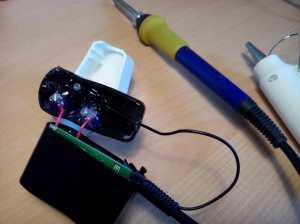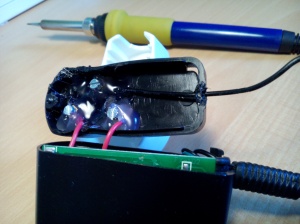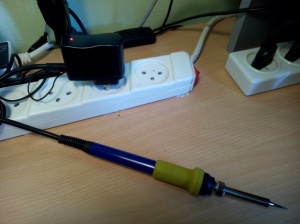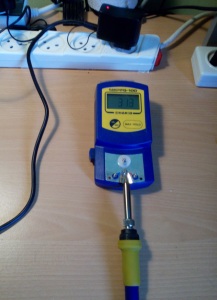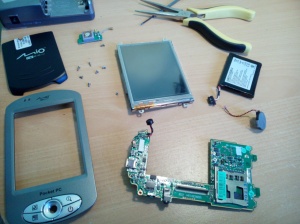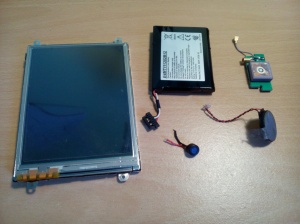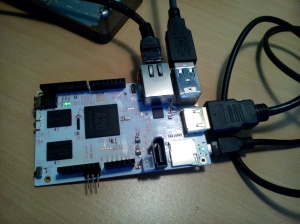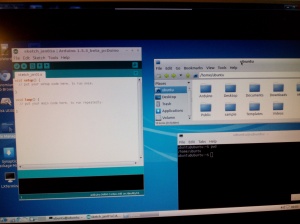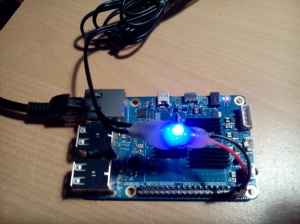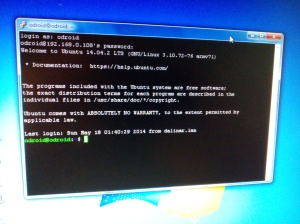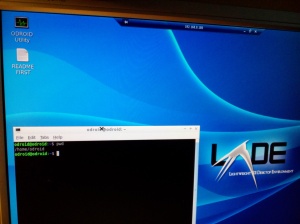– Raspberry Pi based Anemometer: to provide a capability of electrical restart w/o opening of the case.
– To try to launch PCDuino and Odroid boards that arrived long time ago
– To work on new solder iron’s US-plug and to make it EU-compatible.
– To take my old MIO Pocket PC apart and select parts to be tested as spare parts for DIY systems creation
Pics and description:
– Positive wire connecting the anemometer battery and RPi’s 5V pin was made much longer and goes now through the room (were it may be detached) so that the reset will be possible even w/o opening a window. Problem was that in case if Wi-Fi connection with RPi gone for some reason there was no way to restart RPi except by unplugging 5V DC plug and waiting the battery is discharged or by opening the device’s box and disconnecting connecting power-wires.
– This is the way the new soldering iron was made useful at my house. There was no spare EU-US adapter available.
– These are my new spare parts to be tested for usability: microphone, dynamic, GPS module, battery, LCD touch-display
– This is plug and play launching of PC-Duino. Even no SD-card with OS image was needed: it has pre-installed/pre-burned Ubuntu. Feels a bit slow and overheating during regular operating if compared to Raspberry Pi. So I added heat-sink to not have it burned-out.
PC-duino has VNC server built-in. While connecting PC-Duino with client ( TightVNC for example) authentication dialog appears. User-name is not required. Password is ‘ubuntu’
– The below pictures show that process of launching of Odroid C1 also was successful, although wasn’t plug and play like in case of PC-Duino. I had: to find the OS image; to create boot SD-card; to use SSH (default user: odroid password: odroid ) to pre-install remote control means (XRDP and VNC) as in this case HDMI is not available.





